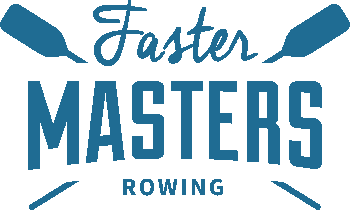Transitioning seasons to Winter / Summer is a key point in the training year for masters rowers. Key things to do and watch out for.
Timestamps
01:00 What are season transitions in rowing? When you have completed any training period there is a transition that follows. Give yourself some recovery time and down time.
Base Training Begins
03:50 What is base level training? Lower intensity for aerobic work. Include cross training. When changing activities – be careful to do this gradually. It is new for your muscles.
07:00 Beware gardening – any intense yard work can injure you. Stacking firewood – it’s the unusual positions you get into when raking, chopping wood.
Training program for getting back on the erg
12:10 Getting back on the erg.
Workout I – do a ten minute warmup. 15 minutes continuous rowing + stretch 10 minutes continuous.
Week 2 move to 20 minutes continuous rowing + 10 minutes after the stretch.
Week 3 move to 2×20 minutes
Week 4 do 30 minutes continuous. Then build up gradually towards 45 or 60 minutes rowing.
17:30 Do several weeks erging before doing a test of any type.
Improve your body
19:00 Things to work on for yourself.
Muscle imbalances, stiff hamstrings. Use our Functional Movement Assessment free course to get 10 physical tests for your personal mobility.


